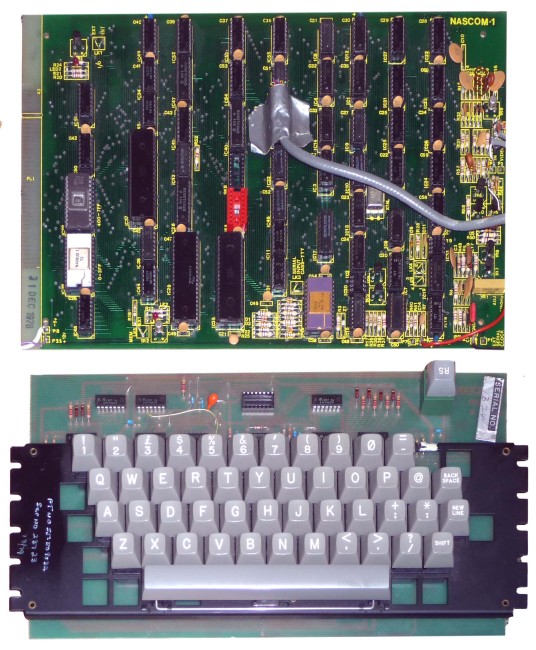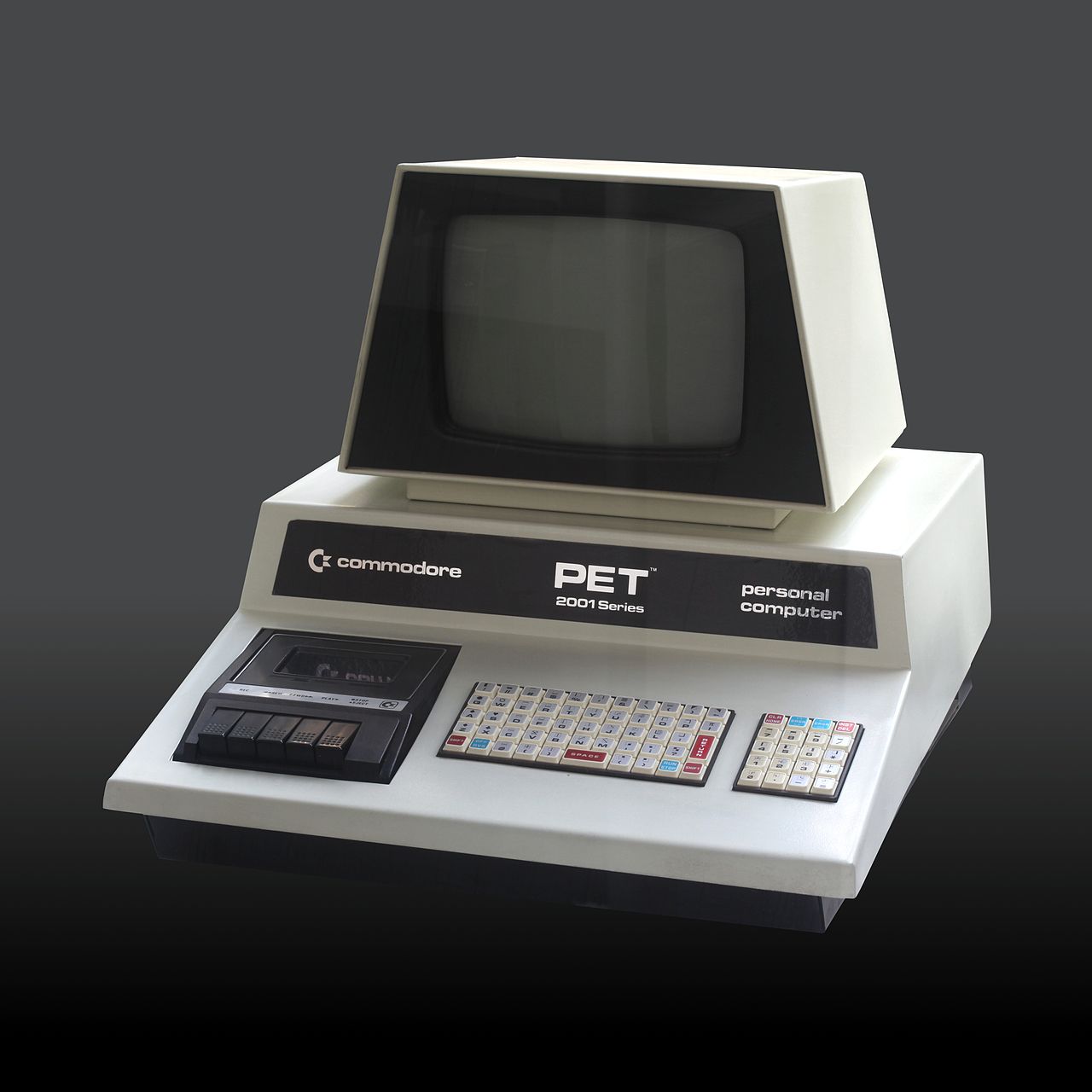How times have changed huh?
I remember my first heavy IBM desktop computer with a separate monitor that weighed just as much, and dial-up internet, and being both impressed & frustrated at speeds of about 1Mb/s. Then a few years later, along came something called 'Broadband' and I couldn't wait for the letter saying my exchange was ready!
Now, I almost take for granted my 76Mb/s and the fact that I can watch films as though they were through BBC or ITV. As much as I miss some things about the good old days, you can't knock technology can you?
I remember my first heavy IBM desktop computer with a separate monitor that weighed just as much, and dial-up internet, and being both impressed & frustrated at speeds of about 1Mb/s. Then a few years later, along came something called 'Broadband' and I couldn't wait for the letter saying my exchange was ready!
Now, I almost take for granted my 76Mb/s and the fact that I can watch films as though they were through BBC or ITV. As much as I miss some things about the good old days, you can't knock technology can you?









